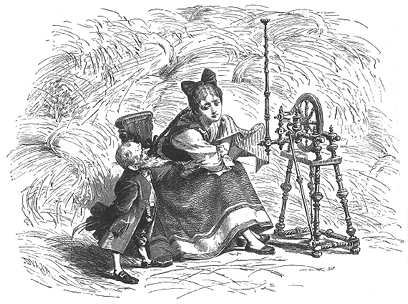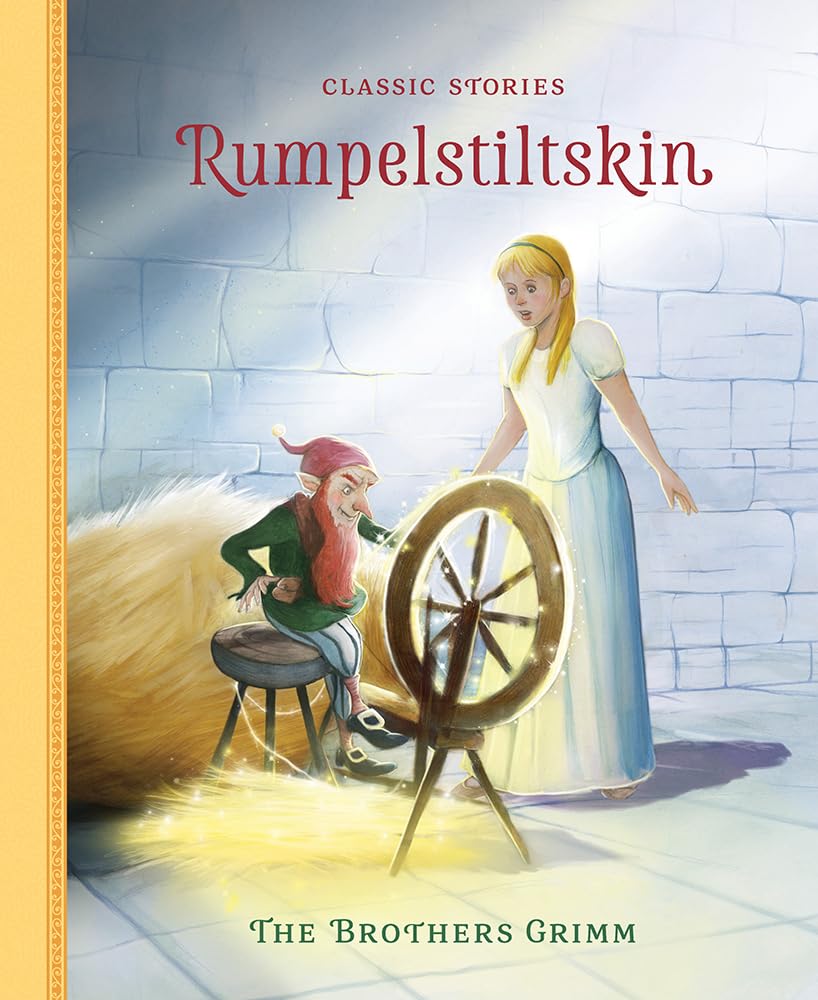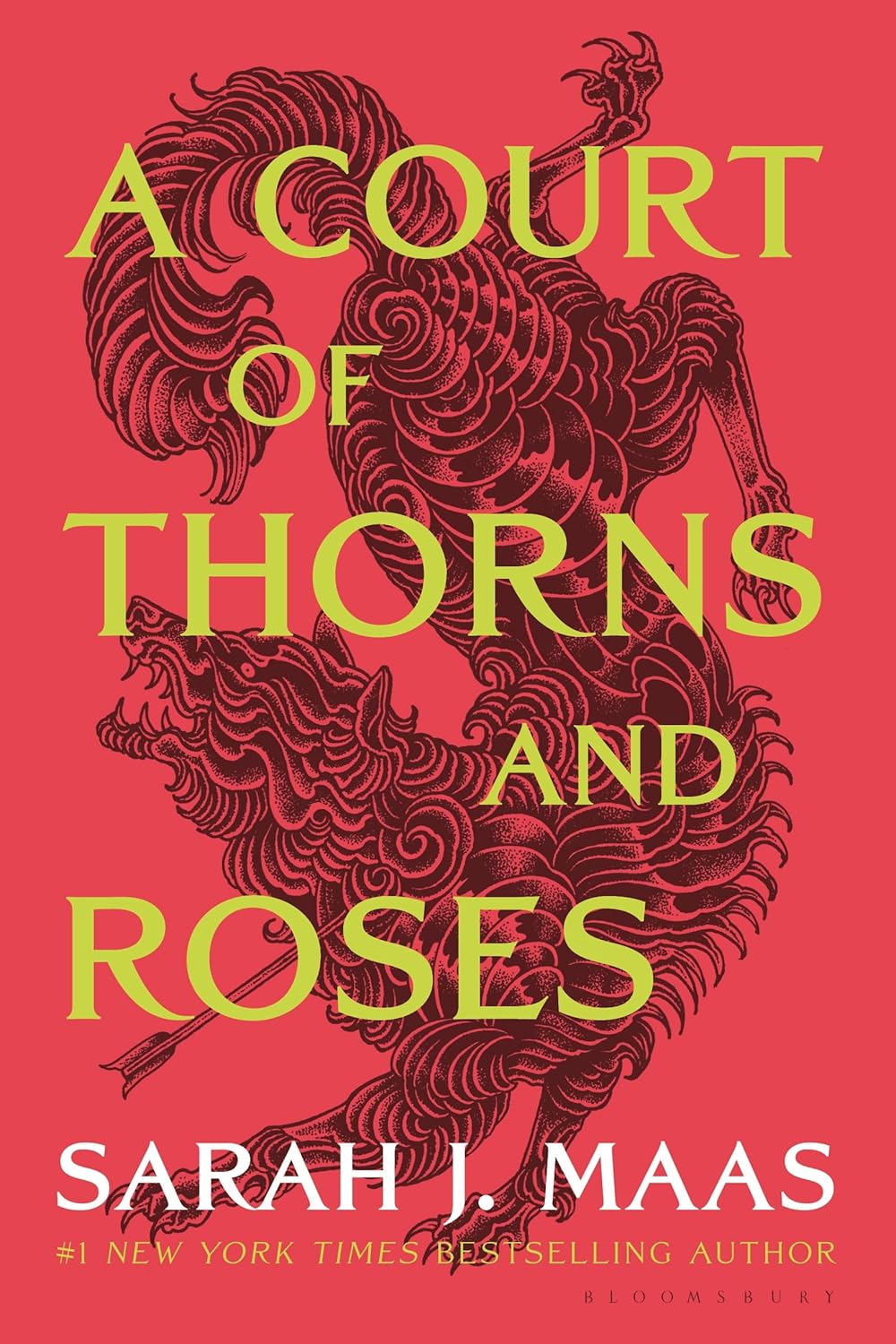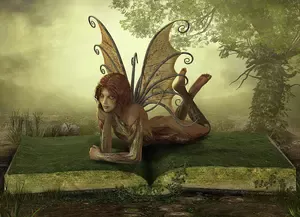- Home
- Fairy Blog
- Fairy Cakes
- Fairy Quotes
- Safety Dance
- The Flower Fairies Books
- What is a Fairy?
- Are Fairies Real?
- Elemental Fairies
- Faeries
- What are the Fae?
- Fae Fantasy Books
- Fairy History
- Origin of Fairies
- Fairies in Folklore
- Pixies
- Pixie Fairy Differences
- Gothic Fairies
- Tooth Fairy
- Fairy Festivals
- Fairy Gardens
- Fairy Garden Accessories
- Fairy Forests
- Fairy Poems
- Fairy Tales
- Fairy Tale Origins
- Classic Fairy Tales
- 24 Fairy Tales
- Fairy Tales around the World
- About Fantasy Creatures
- Dragons
- Dwarves
- Elves
- Gnomes
- Leprechauns
- Mermaids
- Unicorns
- Fairy Face Painting
- Free Fairy Art
- Fairy Coloring Pages
- Fairy Crafts For Kids
- Chinese Dragon Art
- How to Draw a Dragon
- Chinese Dragon Drawing
- Dragon Coloring Pages
- Fairy Tattoo Ideas
- About Us
- Contact Us
- Disclaimer
- Privacy Policy
Rumpelstiltskin
Rumpelstiltskin is a German fairy tale written down by the Brothers Grimm, Jacob and Wilhelm, in their famous book "Grimms' Fairy Tales" (1812).
The story has been passed down through oral tradition and has appeared in various forms across different cultures, with the Rumpelstiltskin character appearing under different names. The tale has since been adapted into numerous plays, movies, and television shows, and it remains a popular story in modern times.
Amazon Audible Promo
With Amazon Audible’s holiday promo ($0.99/month for 3 months) and the release of Harry Potter: The Full-Cast Audio Editions, there's never been a better time to join.
Rumpelstiltskin The Fairy Tale
Once upon a time, there was a poor miller who had a beautiful daughter. One day, the miller met the king and, seeking to impress him, claimed that his daughter could spin gold out of straw. Intrigued, the king demanded that the miller bring his daughter to the castle to prove her abilities.
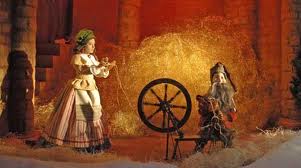
Upon her arrival, the king led the girl to a room filled with straw and provided her with a spinning wheel and a spindle. He ordered her to spin the straw into gold by morning or face death. Distraught and unsure of how to accomplish this impossible task, the girl began to cry.
Suddenly, a mysterious little man appeared in the room, asking why she was crying. The girl explained her predicament, and the little man offered to help her in exchange for something valuable. Desperate, the girl agreed and gave him her necklace. The little man proceeded to spin the straw into gold, saving her life for the night.
The king was astonished by the result but wanted more gold. He locked the girl in a larger room with even more straw and issued the same ultimatum. The little man appeared again, and this time, the girl gave him her ring in exchange for his help. Once again, the little man spun the straw into gold, and the king was amazed.
Still not satisfied, the king locked the girl in an even larger room filled with straw, promising to marry her if she could spin it all into gold once more. The little man returned, but the girl had nothing left to give him. Instead, he made her promise to give him her first-born.
In desperation, she agrees. The little man then proceeds to spin all the straw in the room into gold.
When the king returns, he is once again amazed at all the gold in the room. He keeps his promise to marry the miller's daughter.
Later, when the new queen has her first baby, the little man appears again and demands the baby. The queen refuses, and the little man flies into a fit of rage. The queen tricks him into revealing his name, and he disappears, never to be seen again!
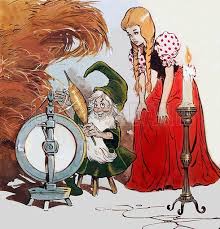
The Moral of Rumpelstiltskin
The moral or message of "Rumpelstiltskin" can be interpreted in different ways depending on one's perspective, but a few key themes stand out:
- The Consequences of Deception: The miller's lie about his daughter's ability to spin straw into gold puts her in a dangerous situation. This teaches that dishonesty can lead to unintended, negative consequences.
- The Importance of Keeping Promises: When the miller's daughter agrees to give Rumpelstiltskin her first-born child, it initially seems like a desperate act with no real future consequences. However, when she fails to keep her promise, Rumpelstiltskin is furious, highlighting the importance of honoring one's commitments.
- The Danger of Greed: The king's insatiable desire for gold causes him to threaten the miller's daughter's life multiple times. This greed leads to a situation where the miller's daughter is forced to make a terrible bargain to save her life. This serves as a warning about the potential harm caused by excessive greed.
- The Power of Knowledge: Knowledge is power in this story. The miller's daughter's life is saved because Rumpelstiltskin possesses a unique skill that she needs. Moreover, Rumpelstiltskin's name holds great power, and when the queen learns it, she gains the ability to free herself and her child from their bargain. This shows the importance of seeking and acquiring knowledge.
While these morals can be drawn from the story, it's also important to remember that fairy tales like "Rumpelstiltskin" often reflect the values and societal norms of the time and place in which they were written, and interpretations can vary widely.
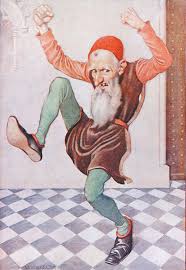
As we draw the curtain on the tale of Rumpelstiltskin, we delve into the rich tapestry of themes and morals that this enduring story, as collected by the Brothers Grimm, offers. The tale is a classic embodiment of the struggle between greed and wit, deception and truth, and the often-overlooked cost of making promises lightly.
In the face of insurmountable odds, the miller's daughter, who rises to become the queen, demonstrates admirable resourcefulness and determination. Despite the daunting task of guessing the name of the mysterious little man, Rumpelstiltskin, she triumphs, showing that wit and courage can overcome even the most dire of circumstances. This victory emphasizes the importance of cleverness and resourcefulness, virtues that often triumph over deceit and avarice.
Moreover, the tale serves as a potent reminder of the dangers of overreaching ambition. The miller's initial lie about his daughter's ability to spin straw into gold sets off a chain of events that places his daughter in peril. Yet, it's through these challenges that she demonstrates her courage and resilience, eventually rising to the occasion and saving herself and her child.
The story also explores the theme of greed, as seen in the king's insatiable desire for gold and Rumpelstiltskin's demand for the queen's firstborn. These portrayals underscore the destructive potential of unchecked greed.
Finally, the tale provides a satisfying conclusion, with the queen keeping her child and Rumpelstiltskin disappearing forever, effectively highlighting the rewards of honesty and cleverness, and the downfall of deception and greed.
In essence, Rumpelstiltskin is more than just a fairy tale. It's a narrative filled with lessons and morals that continue to resonate with readers, young and old alike. Its timeless appeal lies in its relatable characters, engaging plot, and the valuable life lessons it imparts, ensuring that the tale of Rumpelstiltskin will continue to captivate and educate audiences for generations to come.
You can buy an illustrated picture book edition of Rumpelstiltskin by clicking here to go to Amazon, or click on the pic below.
Read more about Fairy Tales here.
Visit this page to see our list of many different Fairy Tales.
Book of the Month
The Best Selling Fae Fantasy Book! A great Christmas gift!
CLICK HERE for more information and best price!
Recent Articles
-
Fae Fantasy Books - where love can be both thrilling and terrifying!
Nov 22, 25 02:34 AM
Fae Fantasy Books - explore new aspects of what it means to be human in a world where magic and immortal beings exist! A perfect blend of danger and allure! -
Water Fairies: Meet the Mystical Undines of the Waters
Nov 19, 25 02:45 AM
Water fairies, often called undines, are enchanting magical beings deeply connected to the element of water. These spirits appear in folklore and fairy tales -
Earth fairies are elemental beings connected to the earth element.
Nov 19, 25 02:34 AM
Earth fairies, also known as gnomes, are elemental beings deeply connected to the earth element. They have rich roots in folklore, mythology, and fairy tales
